Not long ago, a group of distinguished academics and government officials from Poland filed into the Santa Monica offices of world-renowned architect Frank Gehry. They came to talk about a Jewish museum.
Gehry is their dream pick to design the Museum of the History of the Polish Jews. Slated for completion in 2005 at an estimated cost of $55 million, the 46,000-square-foot Warsaw museum will display an integral part of Poland’s past to future generations.
"The Polish people should be acquainted, and to some degree confronted with the Jewish history of Poland," said historian Jerzy Halbersztadt, project director. "The Holocaust brought Jewish life in Poland to an end. We need this important part of our history, which was amputated in such a brutal way, to be brought again to us so it will not haunt us like a phantom limb."
The museum will rise across from the memorial to the Warsaw Ghetto Uprising, on land donated by the city. On the same plot of land in 1944, the Jewish Council, or the Judenrat, organized for the last stages of the ghetto.
Inside the state-of-the-art museum, visitors will see Polish Jewish life in all its glory, as well as in its depths. Using multimedia technology and life-sized re-creation, the museum will allow visitors to enter the homes, streets and villages that nurtured Polish Jewry for almost 1,000 years. Visitors will be able to witness the thriving 16th-century yeshiva world with a visit inside Salomon Szachna’s yeshiva in Lublin, and see a performance of S. Anski’s "The Dybbuk," with the famous actress Ester Rachel Kaminska.
Event Communications, a British design group, will help historians re-create Nalewki Street, a bustling thoroughfare from Warsaw’s prewar Jewish quarter.
The museum will draw on its collection of tens of thousands of artifacts to enhance the displays.
Those displays will include exhibits on the Nazi invasion of Poland, and the subsequent extermination of the majority of the country’s Jews. A model of the Warsaw Ghetto, complete with walls rimmed with barbed wire and glass shards, will also have a prominent place.
The push to finance and build the museum comes as Poland struggles to deal with its Jewish past. Some 3.5 million Polish Jews perished in the Holocaust. The communist regine stifled investigation into the war years, but since communism’s fall there has been national soul-searching regarding the country’s wartime atrocities against Jews.
At the same time, Jewish culture in Poland is undergoing something of a revival. New Jewish theaters, Yiddish and klezmer festivals, Jewish restaurants and bookshops have become widely popular among all Poles, not just the country’s 8,000 Jews.
The impetus behind the museum came as much from Polish Jews as from the government. The founding director was the late Jeshajahu Weinberg, creator and past director of the Museum of the Diaspora in Tel Aviv. The project’s chief historian is professor Israel Gutman of the Hebrew University and Yad Vashem in Jerusalem. Former Israeli Prime Minister Shimon Peres heads the museum’s international committee.
The Holocaust is a blot on Polish Jewish history, say organizers, but it must not obliterate the high points of Jewish life in Poland. Announcing the museum to Jewish leaders in New York earlier this year, Polish Prime Minister Leszek Miller said, "Jews were not just ordinary guests in Poland. The nations of Poland and the Jewish nation have over a thousand years of common history, and the disappearance of Jews from Poland was a great impoverishment for the country."
The exhibits will feature some of the notable heirs of Polish Jewish culture, from I. B. Singer, Sam Goldwyn and David Ben-Gurion to director Roman Polanski and architect Daniel Libeskind. Gehry, himself, is the descendant of Jews from Lodz, Poland.
Organizers hope the museum will serve to educate not just future generations of Poles, but Jews as well. Over 100,000 Jewish tourists visit Poland each year, many of them from Israel. In addition, numerous Jewish youth groups tour through the country. By some estimates, as many as 80 percent of Jews across the world can claim some Polish roots. Organizers project that 250,000 people a year will visit the completed museum.
The Polish government will provide 25 percent of the museum’s construction cost, with private donations expected to make up the rest. So far, organizers have raised a fraction of that, and they are turning to Jewish Americans of Polish ancestry for financial help. Locally, the Polish Consulate General is helping to establish a Los Angeles-area fundraising group (send e-mail to consulgeneral@consulplla.org for more information).
In the meantime, Gehry has done some initial consultation, and organizers are hopeful that they can raise the remaining funds. The museum won’t diminish the Holocaust, Halbersztadt said, adding, "Our museum will be a museum of life."
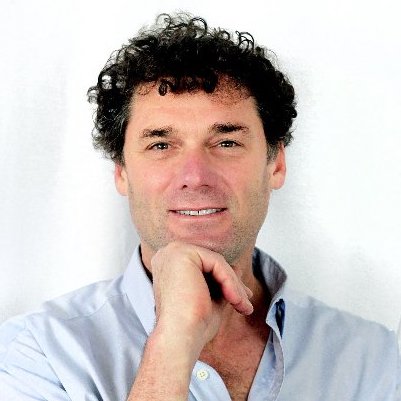







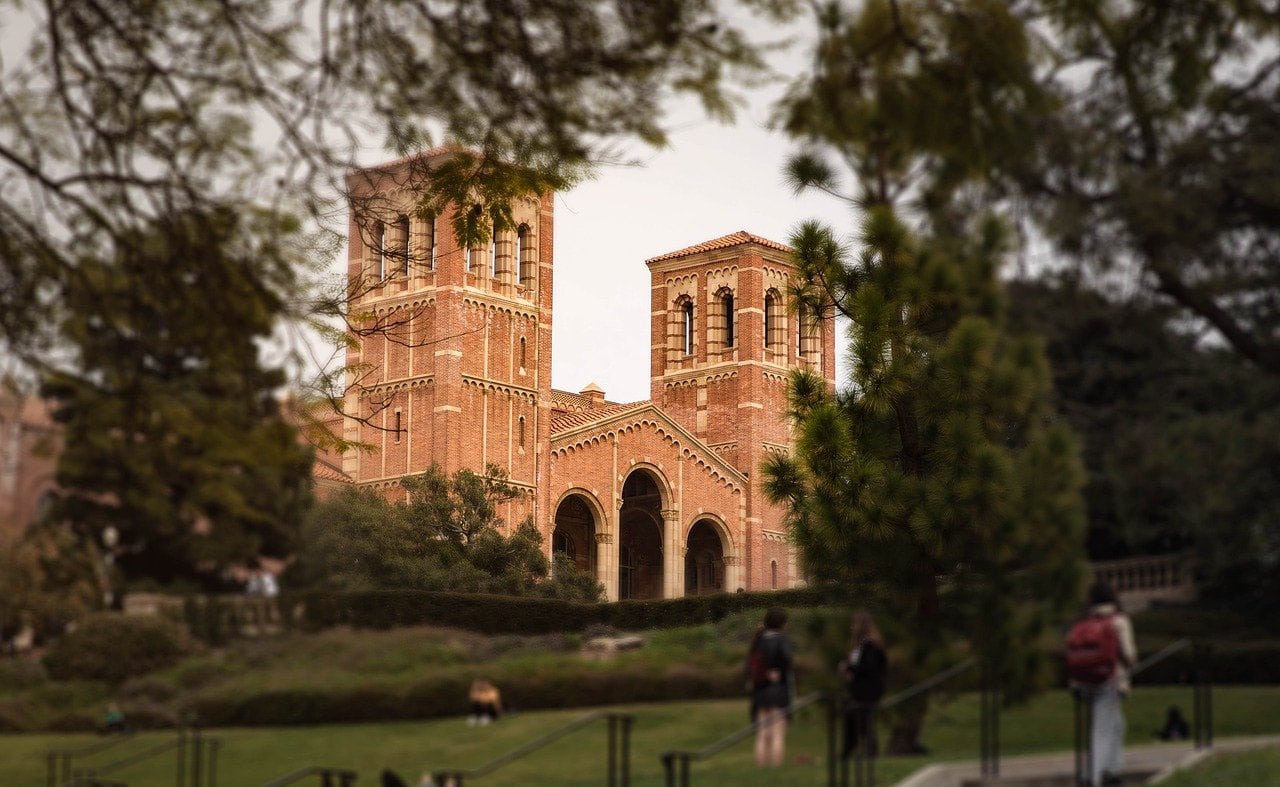


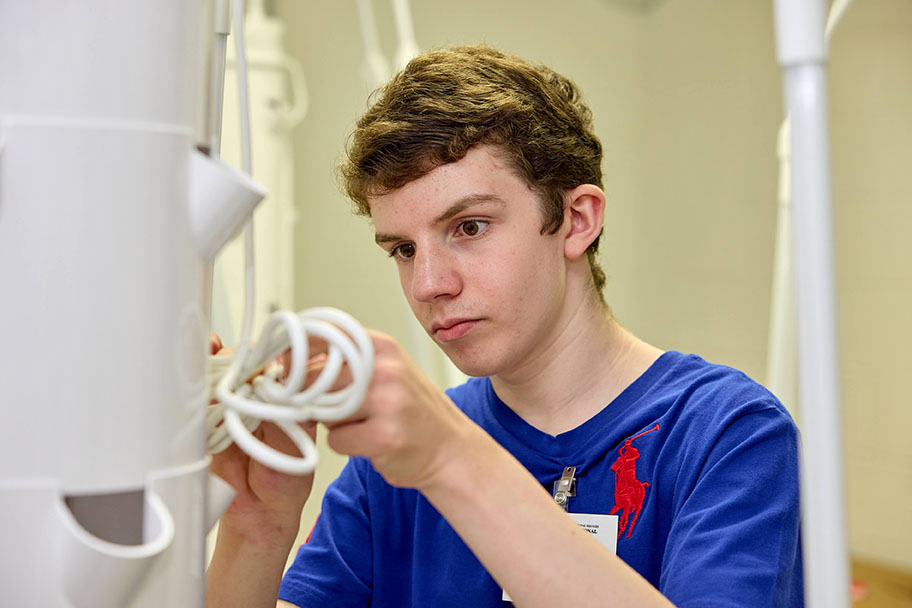

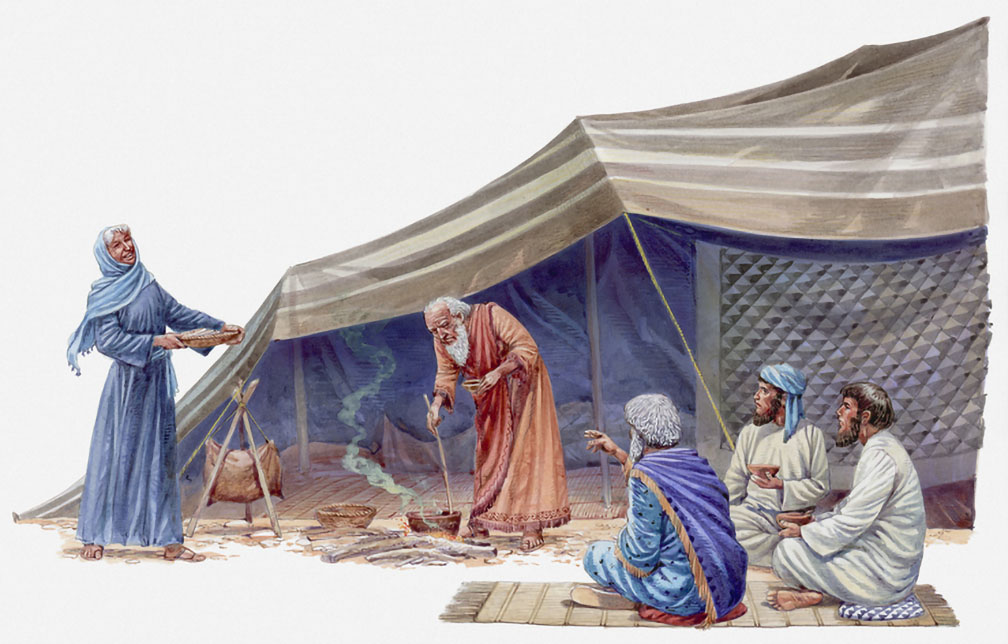

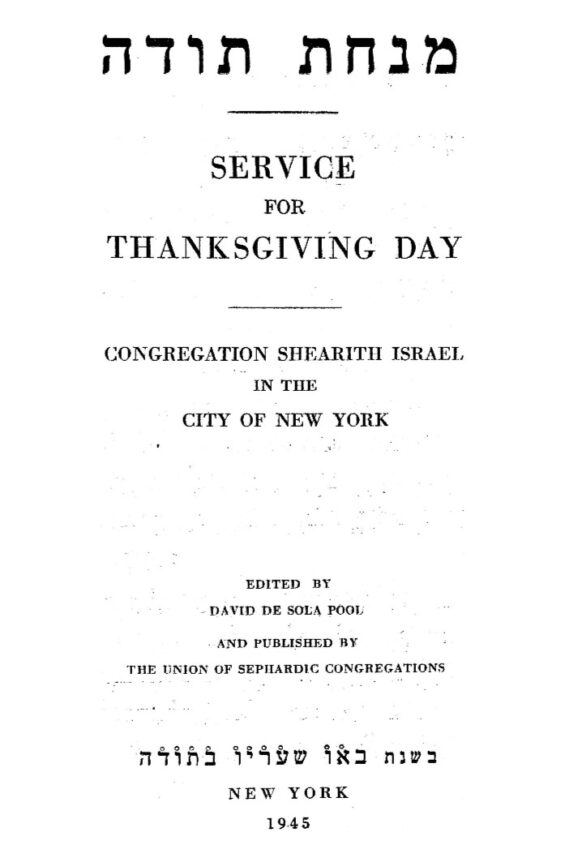
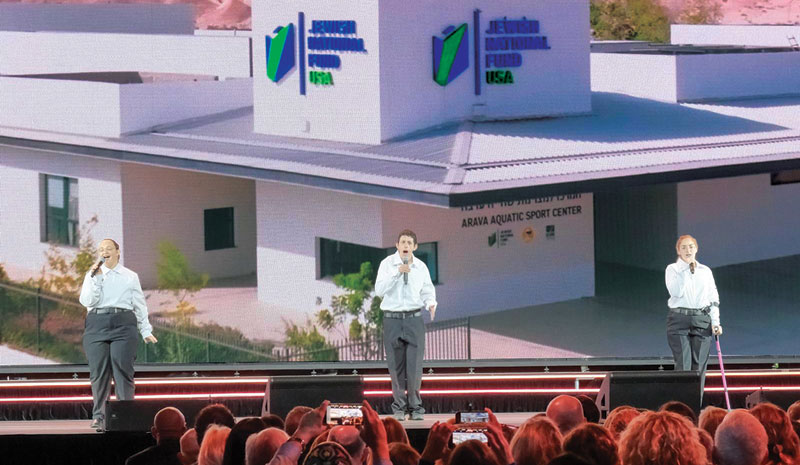




 More news and opinions than at a Shabbat dinner, right in your inbox.
More news and opinions than at a Shabbat dinner, right in your inbox.